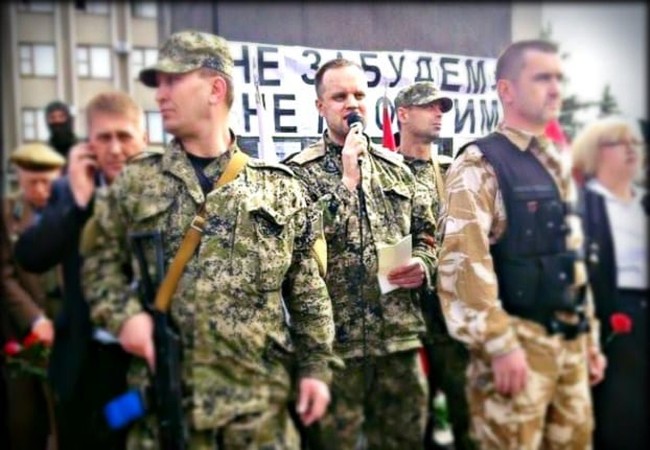 When Moscow’s tool, Ukraine President Viktor Yanukovych, was deposed by a popular uprising because of his policy of turning Ukraine into a Russian client state when the people wanted a closer association with the European Union, an insurgency developed in Eastern Ukraine. That region is economically depressed and heavily populated by ethnic Russians, these Russians saw an Anschluss with Russia as their best hope for success. When Russia successfully carved Crimea out of Ukraine without so much as a peep from the West, this seemed to be a reality.
When Moscow’s tool, Ukraine President Viktor Yanukovych, was deposed by a popular uprising because of his policy of turning Ukraine into a Russian client state when the people wanted a closer association with the European Union, an insurgency developed in Eastern Ukraine. That region is economically depressed and heavily populated by ethnic Russians, these Russians saw an Anschluss with Russia as their best hope for success. When Russia successfully carved Crimea out of Ukraine without so much as a peep from the West, this seemed to be a reality.
Now that the separatist movement seems on the verge of collapse, some of its leaders have fled and key towns have been taken by the Ukrainian Army, the true nature of the rebellion is becoming more obvious. It is Russian led, Russian directed, and composed of Russians from Russia.
Russian Led
The central leader of the separatist military forces is a man named Igor Girkin who goes by the nom de guerre of Igor Strelkov, or Igor the Rifleman/Shooter.
He is a man with three names, sought by Ukrainian intelligence as the top Russian operative in the separatist east. He moves through the streets in a black Mercedes, his face with pencil moustache hidden behind tinted windows, and his aim is to “destroy” Ukrainian forces that venture onto his territory.
In a leaflet distributed this week in the rebel Donetsk region, “Colonel Igor Strelkov” assumed command of all rebel forces there and called for Russian army help to ward off what he calls the threat from the Kiev “junta” and from NATO.
…
Residents of a sleepy neighborhood in northern Moscow said they recognized their neighbor when they saw him on Russian television last month introducing himself as the leader of the militia in Slaviansk.
The man they knew as Igor Girkin has lived most of his life in the nine-storey building on Shenkursk Way where his mother, two children and former wife also reside, neighbors said.
He is a Russian, a member of the FSB — what used to be known as the KGB — and a veteran of Russian involvement in Bosnia, Moldova, and Chechnya. In Bosnia he was implicated in the massacre of some 3,000 Bosnians in Visegrad in 1992 as part of the Serb ethnic cleansing program.
Russian Directed
While one could understand a “soldier of fortune” turning up in the separatist movement, it is harder to explain the presence of Russian nationals in political positions.
As Ukrainian troops gained ground in eastern Ukraine in recent weeks, a number of native Russians have taken charge of the separatists’ rebellion.
Separatist leader, Aleksander Borodai, a Russian national, left for Moscow for political consultations in early July.
…
Vladimir Antyufeyev was named “deputy prime minister” by Borodai on July 10, one of several native Russians to have taken charge of the separatist rebellion in Ukraine’s eastern regions.
…
Ukrainian-born rebel leaders have been eased out, causing rifts among increasingly nervous separatists since a Malaysian airliner was downed over rebel-held territory just over a week ago.
Antyufeyev replaced Donetsk native, Alexander Khodakovsky, as the top security person in the self-proclaimed Donetsk People’s Republic. Denis Pushilin, another local once titled the republic’s president, was dismissed.
…
A Ukrainian official in the southern Azov Sea city port of Mariupol, which Kiev reclaimed from rebels last month, said Russians were taking over the entire rebel operation, sidelining or removing locals.
Composed of Russians Supported by Russia
Once actual fighting started, the “separatist” movement found that most of the population in Ukraine didn’t want to participate. Even before the shooting down of Malaysia Airlines Flight MH-17, Strelkov was complaining of the lack of military ardor on the part of ethnic Russians in Eastern Ukraine.
Apparently, to win the war, Strelkov also needed more professional fighters to use that newfound arsenal. His irregular forces were made up of local men in their late 30s or 40s, and volunteers from Russia and the Caucasus with little to no combat experience. He still required men who knew how to operate heavy weapons such as, say, surface-to-air missile batteries.
In Strelkov’s recent video posted online, he said he “could never have imagined” that of the more than 4.6 million people living in the Donetsk region, only about 1,000 volunteers were willing to join his rebel army to defend Novorossiya: “We can see anything but crowds of volunteers outside our gate,” admitted Strelkov, whose nom de guerre means “gunman” and whose real surname is Girkin.
Though Putin has denied that Russian troops are present in Ukraine it is undeniable that Russian military units have massed along the border with Eastern Ukraine and that Russian artillery has fired on Ukrainian Army units from Russia. We know that separatist troops are being trained inside Russia. Given that Strelkov, himself, is Russian and that native Russophone Ukrainians are reluctant to serve, it would be unsurprising to find Russian troops appearing in separatist units. In fact, a “selfie” indicates that this is the case.
Moscow has tried to hide its support for pro-Russian separatists in eastern Ukraine, but some social media posts from a Russian soldier may reveal even more direct involvement in the region.
Over at BuzzFeed, reporter Max Seddon has the scoop on a 24-year-old soldier named Alexander Sotkin, who has been posting some very interesting photos of his military service, and the locations of the photos are rather telling.
While Seddon has embedded a number of Sotkin’s photos, which show him in southern Russia taking selfies, it’s this one the communications specialist posted, in rebel-controlled Krasna Talycha in east Ukraine, that’s most intriguing
At a minimum, most of the troops come from Russia and would not be in Ukraine unless Moscow was supportive:
That flavor started at the top. Before fleeing Slaviansk on July 5, rebel units here were commanded by Igor “Strelkov” Girkin, a Russian from Moscow. Strelkov is known for his experience in Bosnia, fighting for Serb forces, and in Chechnya, and reportedly also has links to Russian security services. [Editor’s note: The original version misspelled Mr. Girkin’s name.]
In addition to the Russian leadership came rough-hewn recruits from Kazakhstan and Chechnya, and more Russians from as far afield as Moscow or Vladivostok in the east. Even today, most social media references of those who fought here are Russians, not locals.
The military professionalism of the rebels stands out in the defenses they left behind: a sophisticated network of sand-bagged bunkers, firing positions, and even a tunnel between Strelkov’s command compound and the aged brick building that once housed the town’s KGB headquarters and became a rebel headquarters. Even the bridge north to Kharkiv was expertly destroyed by the rebels, its span perfectly sheared away.
That Russia has been supplying the separatists with arms and ammunition is not in question.
A Potemkin Rebellion
According to popular believe, when Empress Catherine the Great visited the Crimea in 1787, Grigory Potemkin, a favorite of the empress and governor general of Crimea, wanted to impress her. To do this he build facades of towns and villages along the Dnieper River that gave the illusion, from a distance, of actual settlements. Much the same is true the Ukraine separatist movement.
All evidence indicates that the separatist movement in Eastern Ukraine is as much an astroturf movement as anything conceived of by Organizing for America. The rebellion is not supported by the people of Ukraine. It is led by Russians. The political direction comes from Russia. The army is manned by Russians… including regular Russian forces. This is not an instance Ron-Paulian “self determination.” This is a blatant power play by Vladimir Putin and little more than an military invasion of Ukraine by Russia.
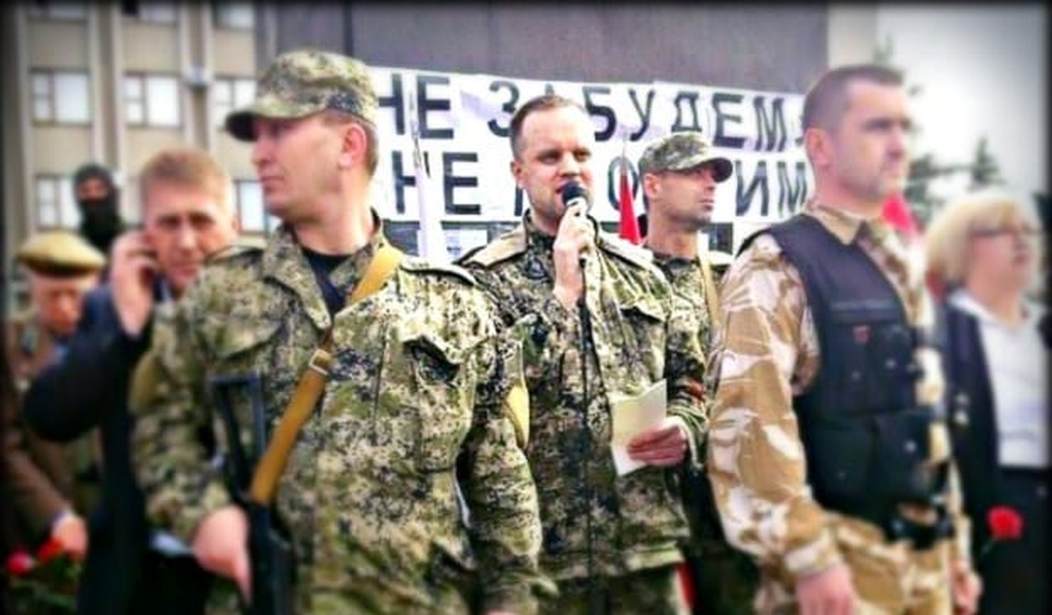




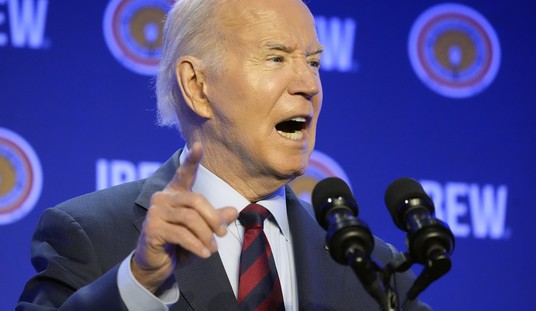
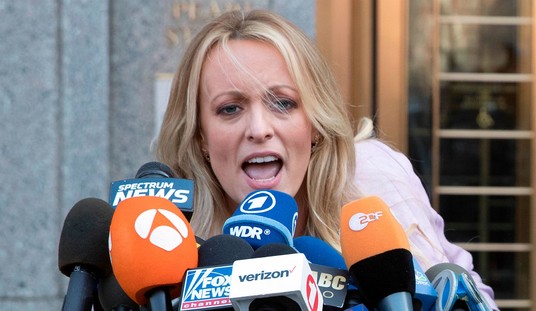
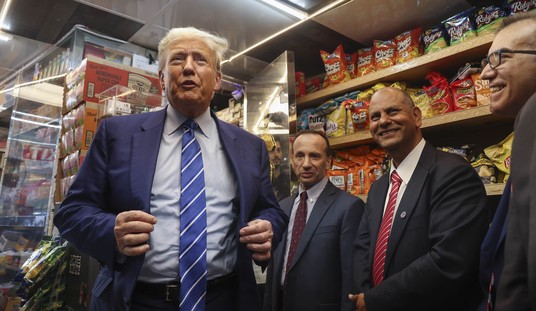
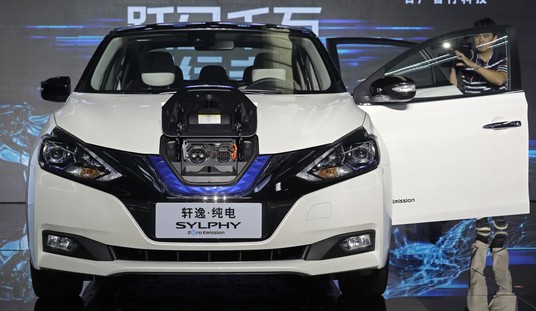

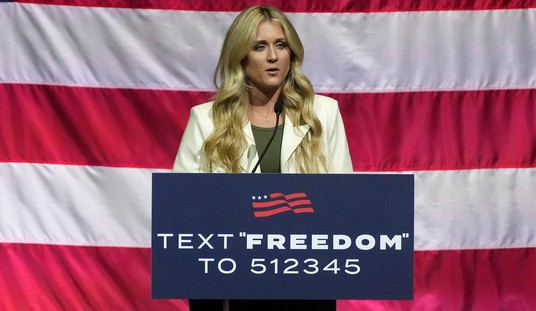
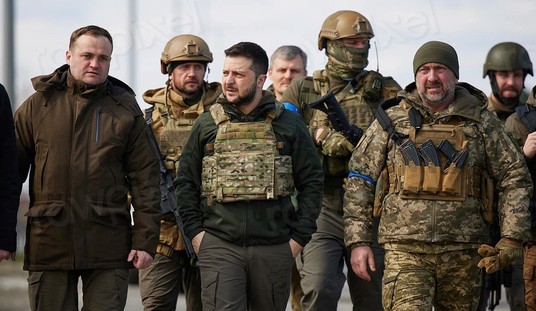
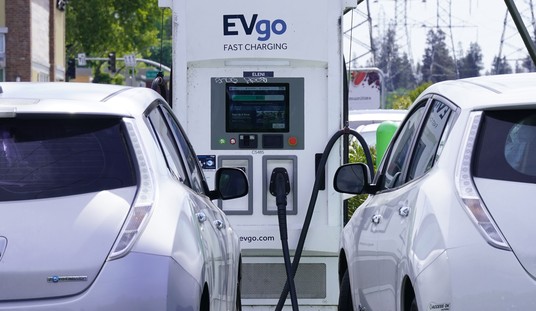
Join the conversation as a VIP Member